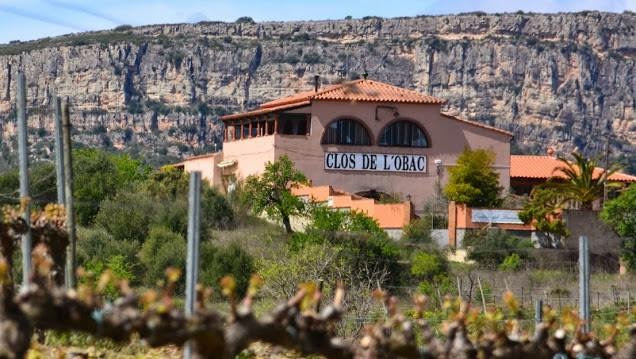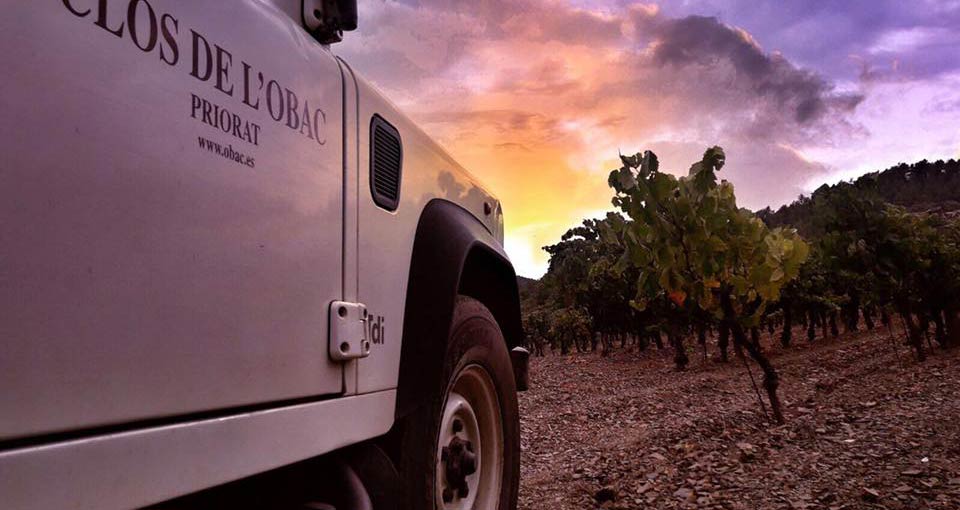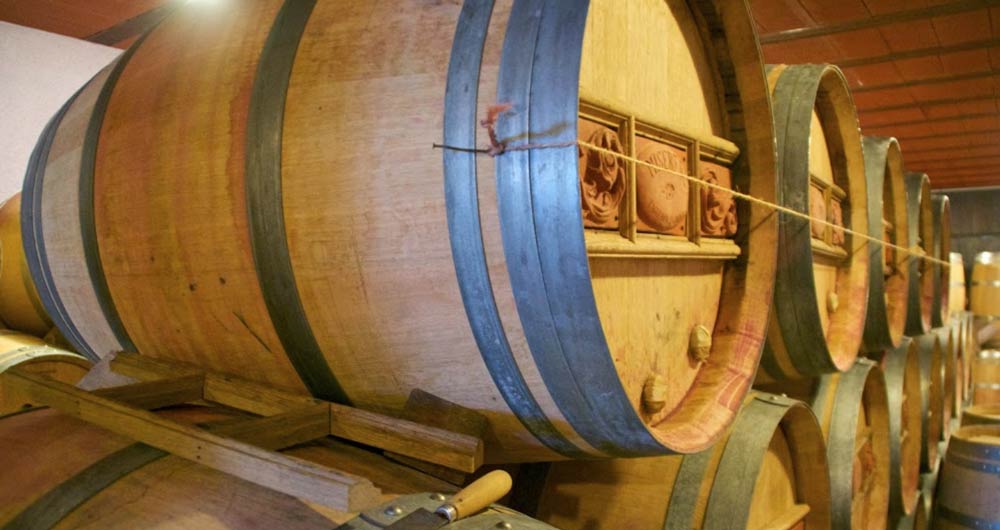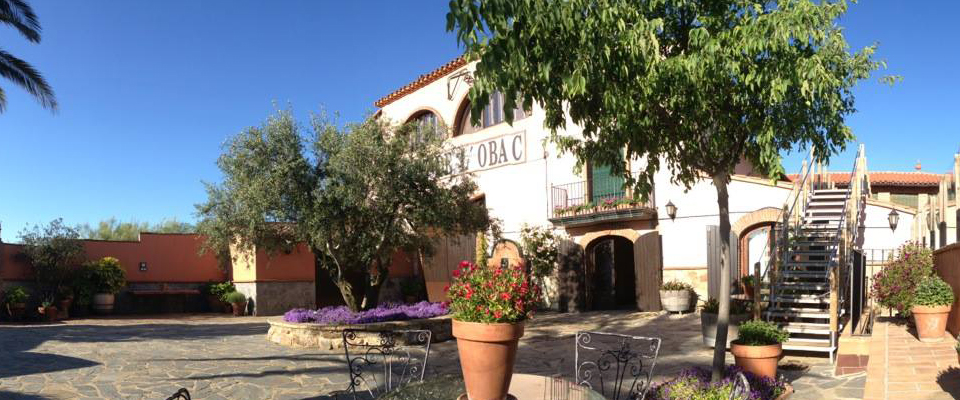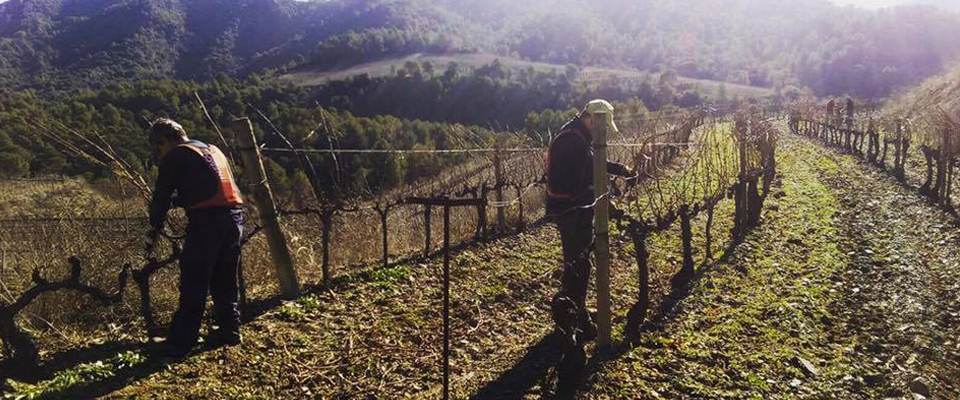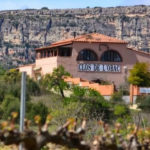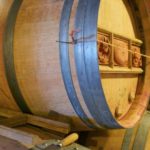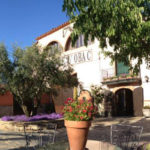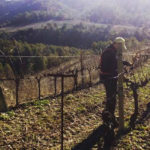Clos de l’Obac winery
DO PrioratA winery owned by the Pastrana-Jarque family. It produces wine using traditional methods and exclusively its own grapes. Its limited production wines are complex, structured, fine and elegant. The winery represents the first renaissance of Priorat, and was a co-creators of the original group of “Pioneers”. They also run the ‘Cellers de Gratallops’ restaurant. ©Enoguia
![]() 60.000
60.000 ![]() 50 ha
50 ha
Visits and wine tourism at the Clos de l’Obac winery
![]() To arrange a visit
To arrange a visit
![]() 60€ / 2h
60€ / 2h
![]() CA / ES / EN / FR
CA / ES / EN / FR
![]() 4 Wines
4 Wines
![]() 2 min – 25 max
2 min – 25 max
Wines from the Clos de l’Obac winery
• Clos de l’Obac
• Dolç de l’Obac
• Miserere
• Kyrie
Clos de l’Óbac is a winery that was founded in 1987 in Gratallops at a time when the DOQ Priorat was beginning a period of renaissance. Although the winery’s official name is Costers del Siurana, it is best known for its Clos de l’Obac wine.
Towards the end of the seventies, Carles Pastrana and Mariona Jarque decided to reclaim and replant the old Carthusian vineyards with the intention of producing high quality wines and bringing them to the international market, two objectives that at the time seemed almost impossible to achieve.
In the initial years, the family had limited economic resources and very little knowledge of winemaking. As a result, they teamed up with the chemist Toni Basté and a neighboring farmer from Gratallops. A family friend, René Barbier from Clos Mogador, the son of a family of wine merchants from Tarragona, also joined them. Over the next ten years the group grew with the addition of a Frankfurt wine importer, Fernando García (Clos Setién) and Jose Luis Pérez (Clos Martinet). Finally, in 1987, they set up an agrarian society, and partners continued join: the English Adrian Garsed (Clos Garsed) and the Belgian Luc Van Iseghem (Clos dels Llops), both wine distributors.
In 1990, other important names were added to the project, such as the Swiss Daphen Glorian (Clos i Terrasses), whose 1994 Clos Erasmus received a score of 99 out of 100 in Robert Parker’s wine guide, as did his 1998 vintage. Another new member was the young Álvaro Palacios (Clos Dofí), descendant of an important winemaking family from La Rioja.
That year, the first Miserere and Clos de l’Obac vintages appeared on the market and, in 1993, Clos de l’Obac was listed as one of the world’s 150 best wines in the Spanish Guía Mundial de Vinos (World Wine Guide).
Settling in the Priorat meant working in a historical region with specific geographical and climatic conditons, which are crucial when it comes to producing good wine. The name ‘priorat’ comes from the priory of Scala Dei, founded in 1194 by King Alfonso II of Aragon. The area was then repopulated by Carthusian monks who came from southern France and brought with them great knowledge of winemaking. These monks documented their knowledge and the techniques they developed for viticulture in the harsh physical conditions of the region – techniques that are still used today. The vines that grow in this arid and rocky soil, with its abundance of llicorella slate, are resistant vines, with a lot of personality and character, which end up producing distinctly mineral wines.
Apart from Cabernet Sauvignon, Merlot and Syrah, Clos de l’Obac also cultivates the locally common garnatxa, tempranillo and cariñena varieties. For their white wine Kyrie, they grow white garnatxa, macabeo and xarel·lo, along with the Muscat of Alexandria variety. The winery also produces the sweet Dolç de l’Obac wine, which you can taste on your visit.
If you are keen on wine tourism, Clos l’Obac is a must stop. It is a chance to discover the inner workings of a winery that changed the history of the Priorat. The visit begins in the vineyards, and your guide is always a member of the family who will take you through its history with ease and enthusiasm.
The visit continues at the Costers del Siurana winery. You will see the place where the grapes are received, after which they are quickly stored in stainless steel vats for fermentation and maceration. After this period, the wine is transferred by gravity to the ageing room, where it will rest for between ten and fifteen months in French oak barrels. Racking is carried out by the light of a single candle and the wines are not filtered.
The visit ends in the exhibition hall, where you can relax and comfortably taste the wines, discovering in-depth the four wines made by the Pastrana-Jarque family. Here you will savor what is literally a piece of the Priorat’s history.
>> Also Visit Clos Mogador
>> Discover DOQ Priorat




